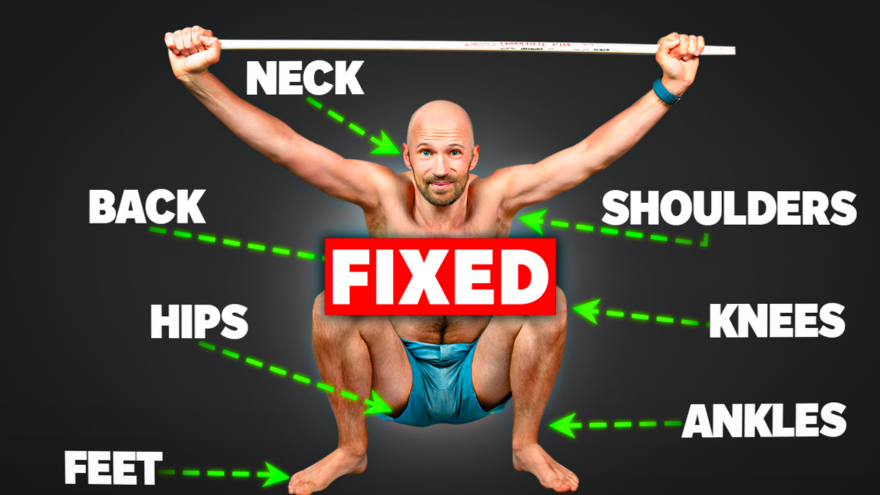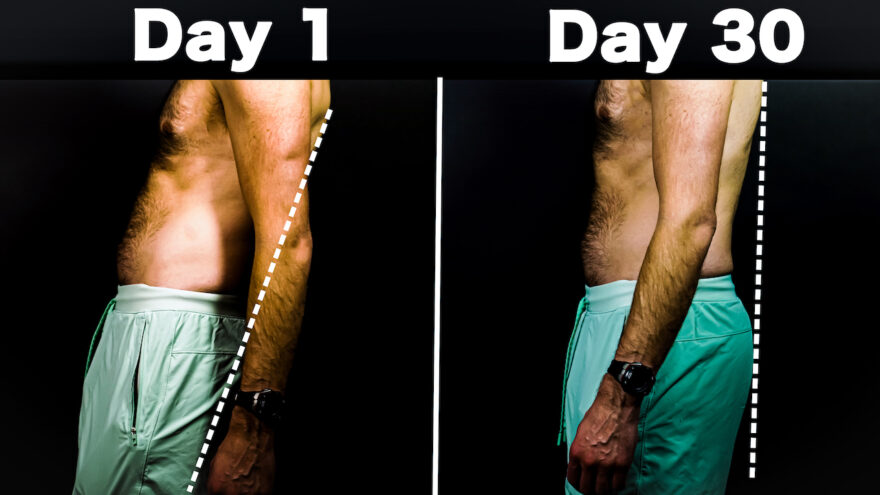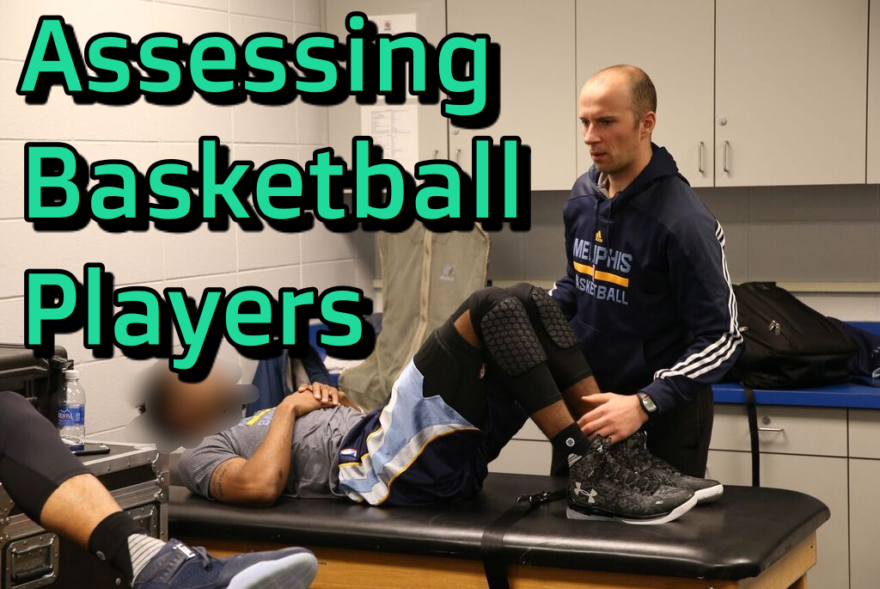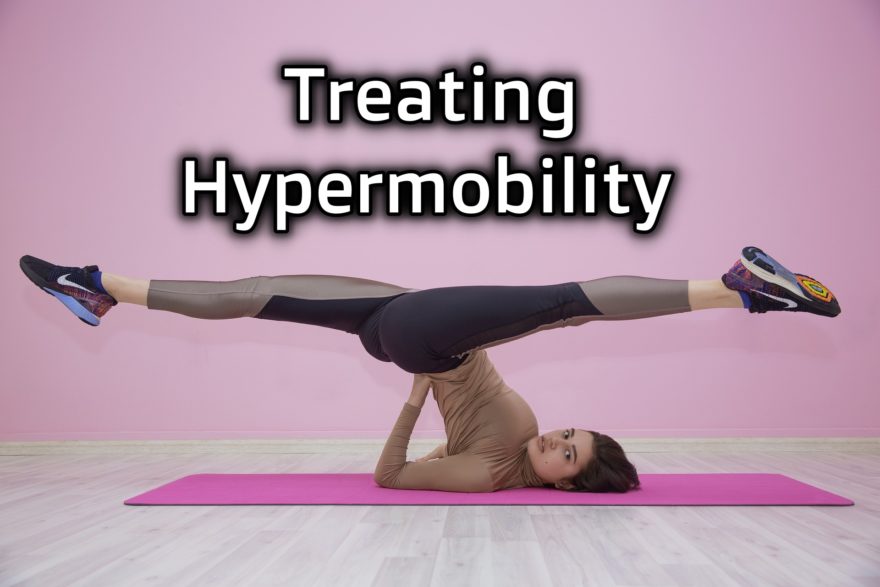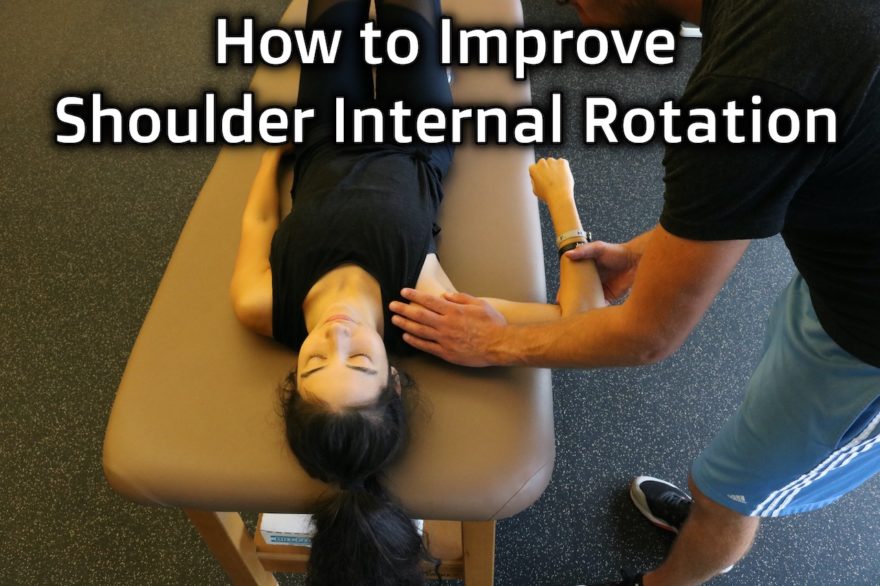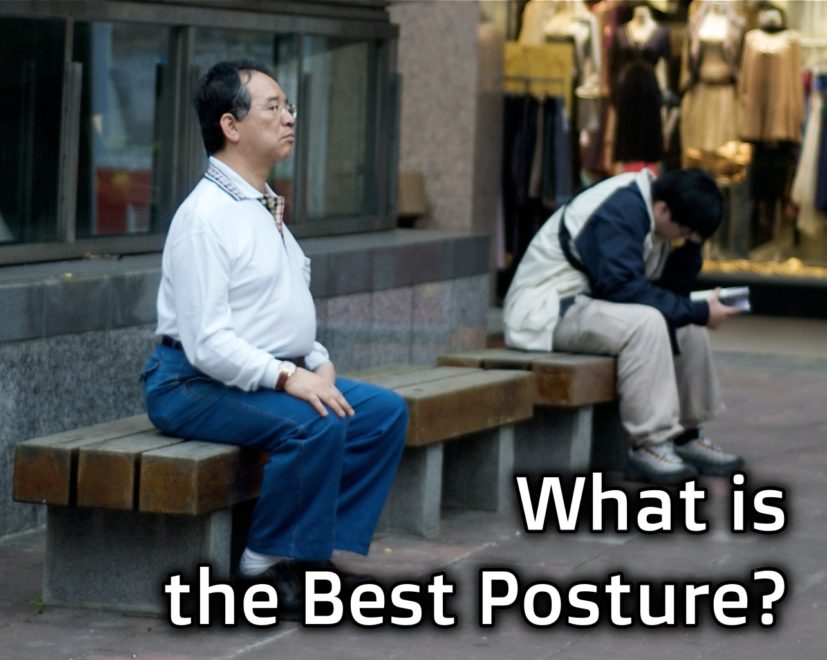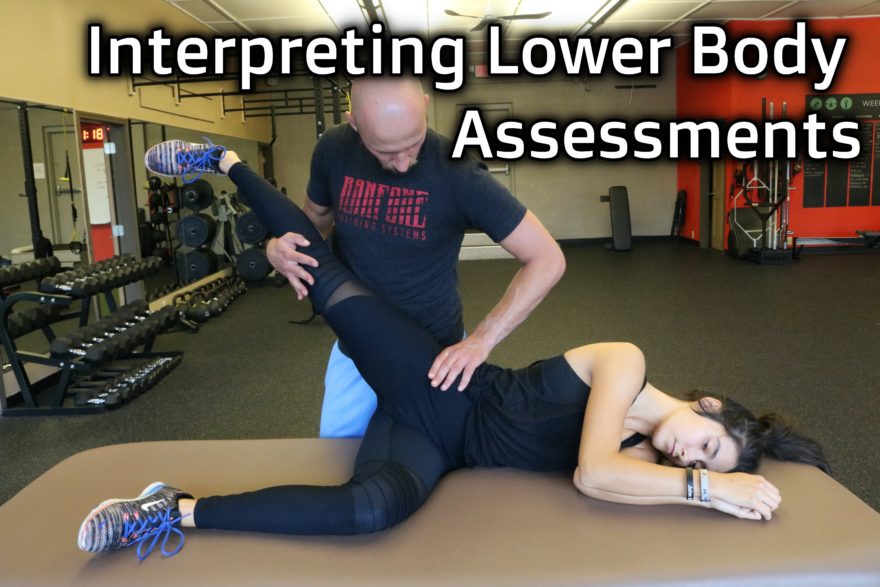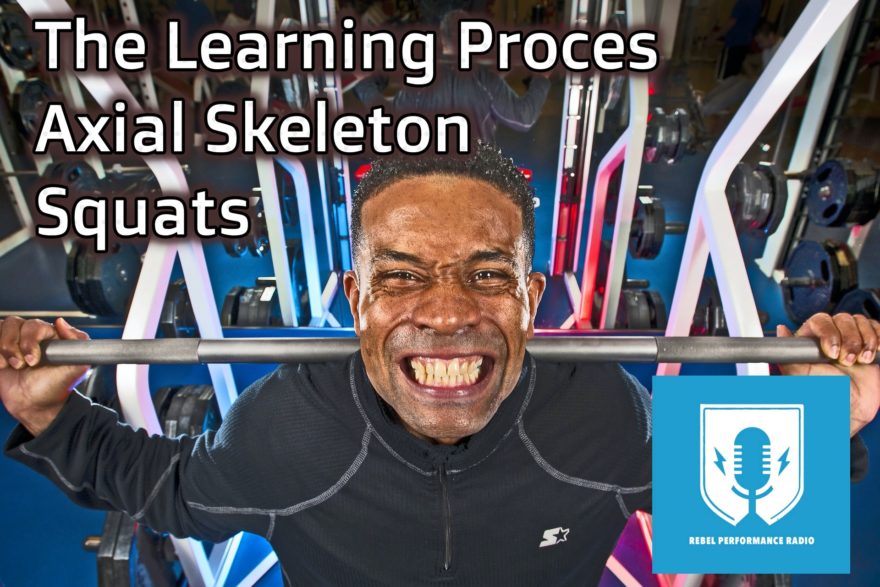Improve Your Posture and Mobility with Simple Self-Tests and Exercises If you’re trying to fix your posture and mobility, the internet can be confusing. There are so many opinions and solutions. It’s hard to know where to start. The truth is, there’s no one-size-fits-all approach. You need to address your individual needs. In this blog, you’ll learn a self-testing framework to pinpoint your specific mobility restrictions. These are the same tests and exercises I use with my clients to improve their mobility. Understanding Posture and Mobility A wise man, Obi-Wan Kenobi, once said, “Your eyes can deceive you, don’t trust them.” This applies to posture too. To know the best posture improving strategy for you, you must know what you’re dealing with. You need to test to see where your restrictions lie. Self-Testing Framework Here are five tests to help you identify your mobility restrictions: Categorizing your restrictions We will NOT look at these tests in isolation. We want to look at them as a cluster to determine what areas we must create more motion. While there are several possibilities, we can break limitations down broadly into the following categories: Now let’s look at what exercises will tackle each problem: Exercises to Improve Mobility What you want to do is figure out which category you fit, try the moves for 2-4 weeks, and recheck your measures to see if you need to progress to the next level or work on harder variations within the same category. Here’s what to do
Read More